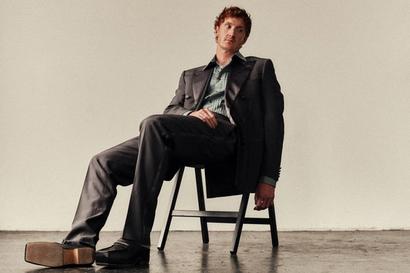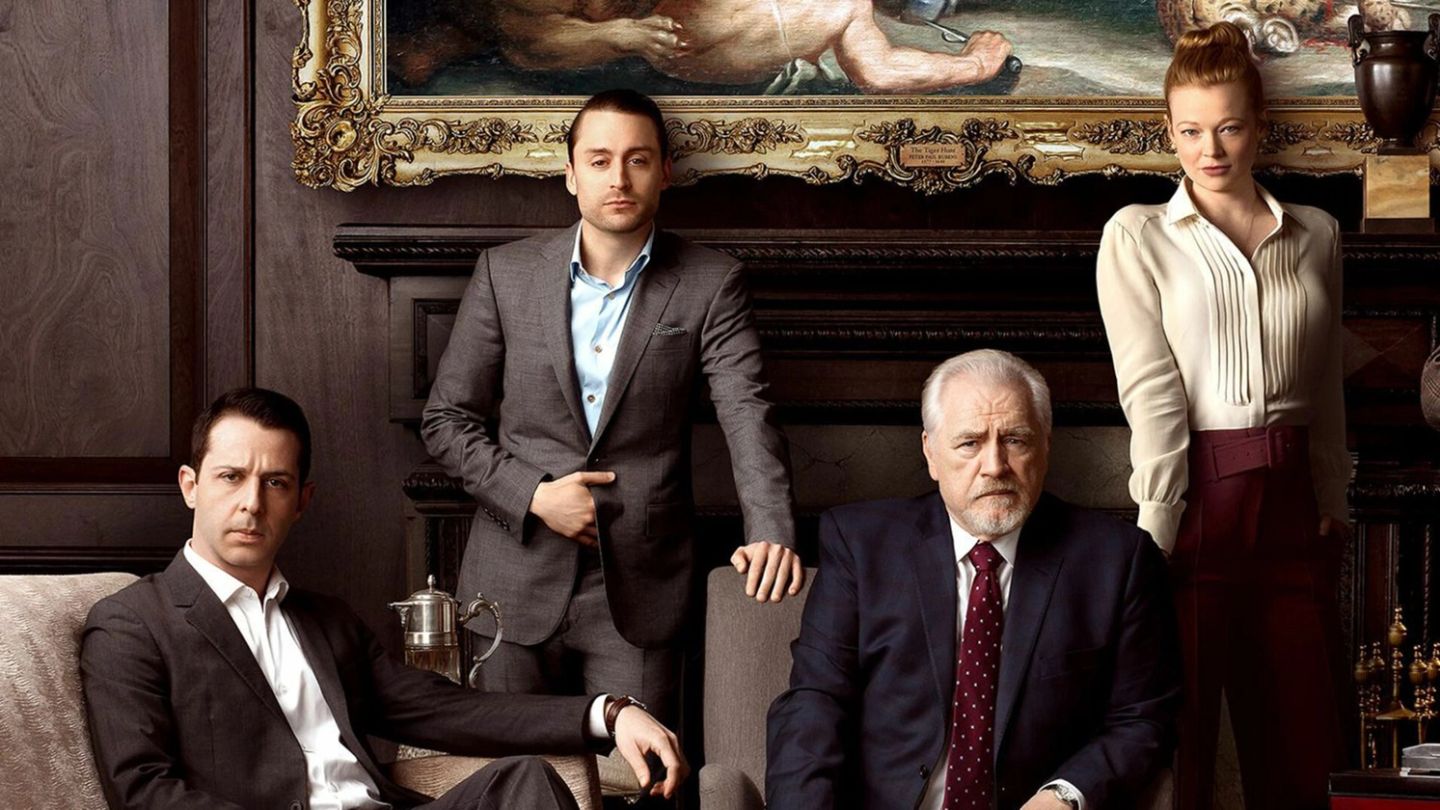
Film -- 1 day ago

Words: Tom Ward
“A lot of research went into Succession,” series creator Jesse Armstrong explained in an interview with the show’s parent network, HBO. “I wrote the pilot solo, so there was a good deal of my own research and life experience in there. Then there’s the writing room, which everyone informs with their stories and backgrounds.”
Discover the perks of being a member
| Clubhouse Membership | |
|---|---|
| Quarterly MagazineDelivered to your door | |
| Unlock DigitalAccess to all member-only online features | |
| Exclusive Interviews and FeaturesIn-depth stories and insights. | |
| Membership Cardto redeem all the perks. | |
| Members Invites to private Clubhouse events | |
| Weekly newsletter Straight to your inbox | |
To receive the latest in style, watches, cars and luxury news, plus receive great offers from the world’s greatest brands every Friday.
